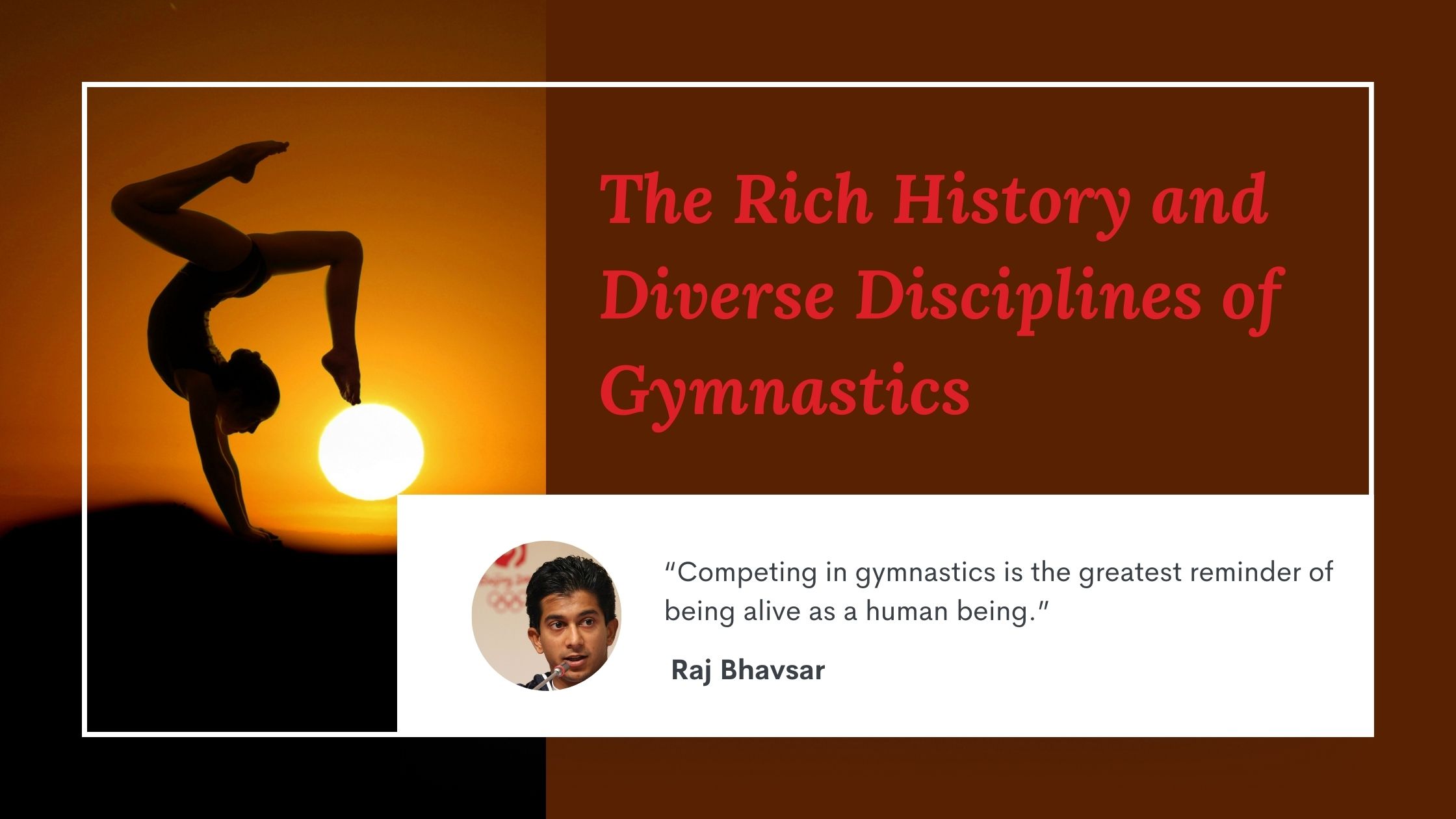Gymnastics is a sport that combines physical strength, flexibility, balance, and grace, making it one of the most demanding and rewarding athletic disciplines. Its history dates back to ancient civilisations, and it has evolved into a modern sport with various disciplines, each with its own unique characteristics and challenges. This article explores the rich history, diverse disciplines, and the global appeal of gymnastics, providing an in-depth look at why this sport continues to captivate audiences and athletes alike.
The Origins of Gymnastics
Gymnastics originated in ancient Greece, where it played a crucial role in education and physical training. The Greek word “gymnazein,” meaning “to exercise naked,” is the source of the word “gymnastics.” This practice was part of the Greeks’ emphasis on physical fitness, mental discipline, and overall well-being. They developed exercises to improve their physical capabilities, including running, jumping, and wrestling, which are foundational elements of modern gymnastics.
Gymnastics evolved further during the Roman Empire, as the Romans adopted Greek physical training practices to prepare their soldiers for combat. However, after the fall of the Roman Empire, gymnastics saw a decline in popularity in Europe.
The modern revival
In Germany and Sweden, the modern revival of gymnastics began in the late 18th and early 19th centuries. German educator Friedrich Ludwig Jahn, known as the “father of modern gymnastics,” introduced exercises using apparatus such as parallel bars, rings, and the high bar. His efforts led to the creation of the first gymnastics clubs and schools in Germany.
In Sweden, Per Henrik Ling developed a system of physical education that included callisthenics and exercises aimed at improving overall health and physical fitness. His methods laid the groundwork for the Swedish gymnastics tradition, which emphasised rhythmic and free-movement exercises.
Gymnastics in the Olympic Games
Gymnastics has been a part of the modern Olympic Games since their inception in 1896. The first Olympic gymnastics competitions featured only men’s events. The 1928 Amsterdam Olympics introduced women’s gymnastics, which has since expanded to encompass a variety of disciplines and events.
The Olympic gymnastics programme now includes artistic gymnastics, rhythmic gymnastics, and trampoline gymnastics. Athletes in each of these disciplines must execute complex routines, judged on their difficulty, execution, and artistic presentation.
Artistic Gymnastics
Men’s Artistic Gymnastics (MAG)
Men’s artistic gymnastics includes six events: floor exercise, pommel horse, still rings, vault, parallel bars, and high bar. Each event tests different aspects of an athlete’s strength, flexibility, and skill. For example, the pommel horse emphasises balance and coordination, while the still rings require immense upper-body strength.
Women’s Artistic Gymnastics (WAG)
Women’s artistic gymnastics includes four events: vault, uneven bars, balance beam, and floor exercise. The balance beam and uneven bars are unique to women’s gymnastics and require exceptional precision and grace. The floor exercise allows gymnasts to showcase their tumbling skills and artistic choreography set to music.
Rhythmic Gymnastics
Rhythmic gymnastics is a discipline that combines elements of ballet, dance, and gymnastics. Women exclusively perform it, utilizing apparatus like the hoop, ball, clubs, ribbon, and rope. Rhythmic gymnasts perform routines on a floor mat to music, demonstrating their flexibility, coordination, and artistry. In 1984, the Olympic programme included this discipline.
Trampoline Gymnastics
Trampoline gymnastics is a high-flying discipline where athletes perform acrobatic manoeuvres while bouncing on a trampoline. The Olympic Games introduced it in 2000. The Olympic Games judges athletes on the difficulty and execution of their routines, which include flips, twists, and complex aerial manoeuvres.
Acrobatic and aerobic gymnastics
Acrobatic Gymnastics
Acrobatic gymnastics, also known as “acro,” involves pairs or groups of gymnasts performing routines that include acrobatic moves, dance, and tumbling. Choreographed to music, the routines demand a high level of trust and coordination between partners. The International Gymnastics Federation (FIG) recognizes this discipline, but it is not currently part of the Olympic programme.
Aerobic Gymnastics
Aerobic gymnastics combines elements of traditional gymnastics and aerobic dance. Athletes perform high-energy routines set to upbeat music, demonstrating their strength, flexibility, and cardiovascular fitness. The FIG recognizes aerobic gymnastics, similar to acrobatic gymnastics, but it is not a part of the Olympic Games.
Gymnastics has a global appeal.
Gymnastics is a global sport with a wide following. Countries such as the United States, Russia, China, and Japan have strong gymnastics programmes and regularly produce world-class athletes. The sport’s popularity continues to grow, with increasing participation at the grassroots level and the establishment of gymnastics clubs and schools worldwide.
The appeal of gymnastics lies in its combination of athleticism, artistry, and precision. It is a sport that challenges both the body and mind, requiring gymnasts to push their limits and continually strive for perfection.
Conclusion
Gymnastics is a sport with a rich history and diverse disciplines that offer something for everyone. From the ancient Greeks to the modern Olympic Games, gymnastics has evolved into a highly competitive and captivating sport. Whether it’s the strength and precision of artistic gymnastics, the grace and beauty of rhythmic gymnastics, or the high-flying acrobatics of trampoline gymnastics, this sport continues to inspire and amaze audiences around the world.
For those looking to get involved, gymnastics offers numerous benefits, including improved physical fitness, mental discipline, and the joy of mastering new skills. As the sport continues to grow and evolve, it will undoubtedly remain a cornerstone of the global athletic community.








